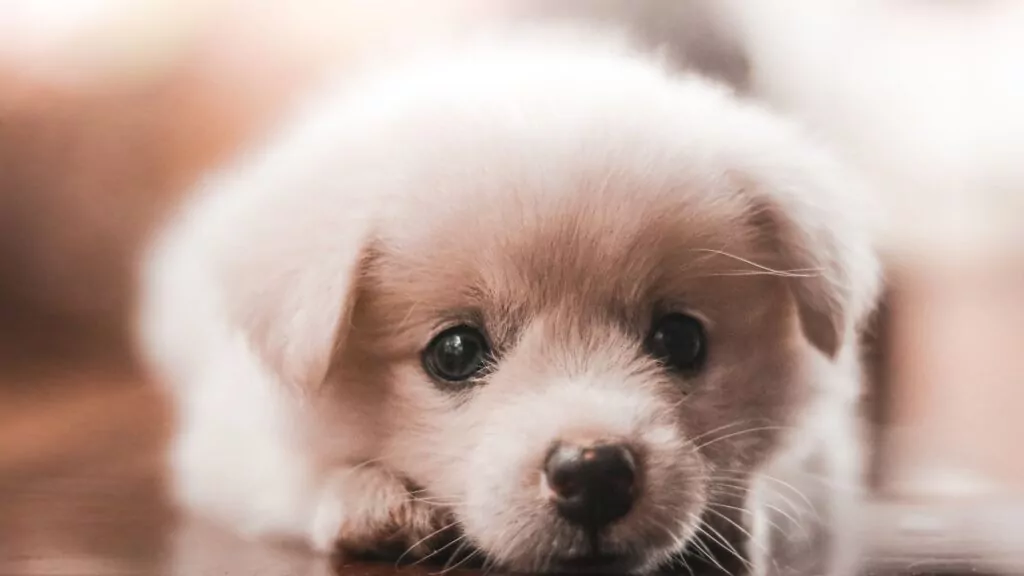Being left alone can be stressful for puppies. As social creatures, they crave constant companionship. However, patience and positive reinforcement can teach your pup to feel safe, relaxed, and confident when home alone. This allows them to become well-adjusted adult dogs.
Why Puppy Alone Training Matters
Puppies rarely spend time alone before joining your family. Going from constant company to solitude is a major transition. Without proper alone training, puppies may:
- Feel anxious or distressed when left
- Develop separation anxiety
- Destroy boredom and stress
By teaching your puppy to enjoy alone time, you can prevent these issues. Proper training also allows them to pass obedience tests like the AKC S.T.A.R. Puppy isolation exercise.

Getting Started with Alone Training
To start, set up a safe confinement area using an exercise pen or crate. Make this a positive space by:
- Feeding meals there
- Playing fun games together in the area
- Providing special chew toys
Once your puppy happily enters the area on their own, try:
1. Giving them a chew toy, then leaving quietly
2. Returning immediately to reward good behaviour

Building Up Alone Time
Gradually increase how long you’re away, starting with just 1-2 minutes. Always reward calm behaviour when you return.
You can also encourage good habits by:
- Ending playtime or training on a calm note with chew toys
- Scheduling alone time around naptimes initially
Aim to build up to sufficiently long periods for your needs, like a few hours. Crate training is great for when you’ll be gone even longer.
Making Alone Time Enjoyable
Dogs relax best with something to do. Provide toys with:
| Type | Examples |
|---|---|
| Food | Chicken, peanut butter |
| Chews | Bully sticks, yak chews |
| Toys | Fetch toys, chew toys |
Only leave items you know are safe based on age and chewing habits.
Background noise like music or sound machines can also help dogs relax.

Preventing Separation Anxiety
To prevent separation anxiety, incorporate alone time throughout each day – not just when you leave.
You should also help your puppy learn to settle calmly. Try having them go to a comfy dog bed and reward staying there quietly.
Tips for Specific Situations
If your puppy struggles overnight:
- Crate-train them in your bedroom initially. Then slowly move the crate further away.
For full workdays:
- Consider a dog walker
- Use an interactive camera to check on them
With more access to the home:
- Puppy proof to prevent destruction
- Use baby gates to limit access until fully trained
Recap: Why Train Puppies to Be Alone?
Teaching your puppy to relax while alone provides major benefits, including:
- Preventing destructive behaviours from boredom or stress
- Allowing them to enjoy restful naps while you’re occupied
- Reducing chances of separation anxiety
- Providing lifelong confidence in solitude
With some patience and positive associations, you can set your puppy up for success. The result is an independent, well-adjusted companion ready for time apart when needed.
